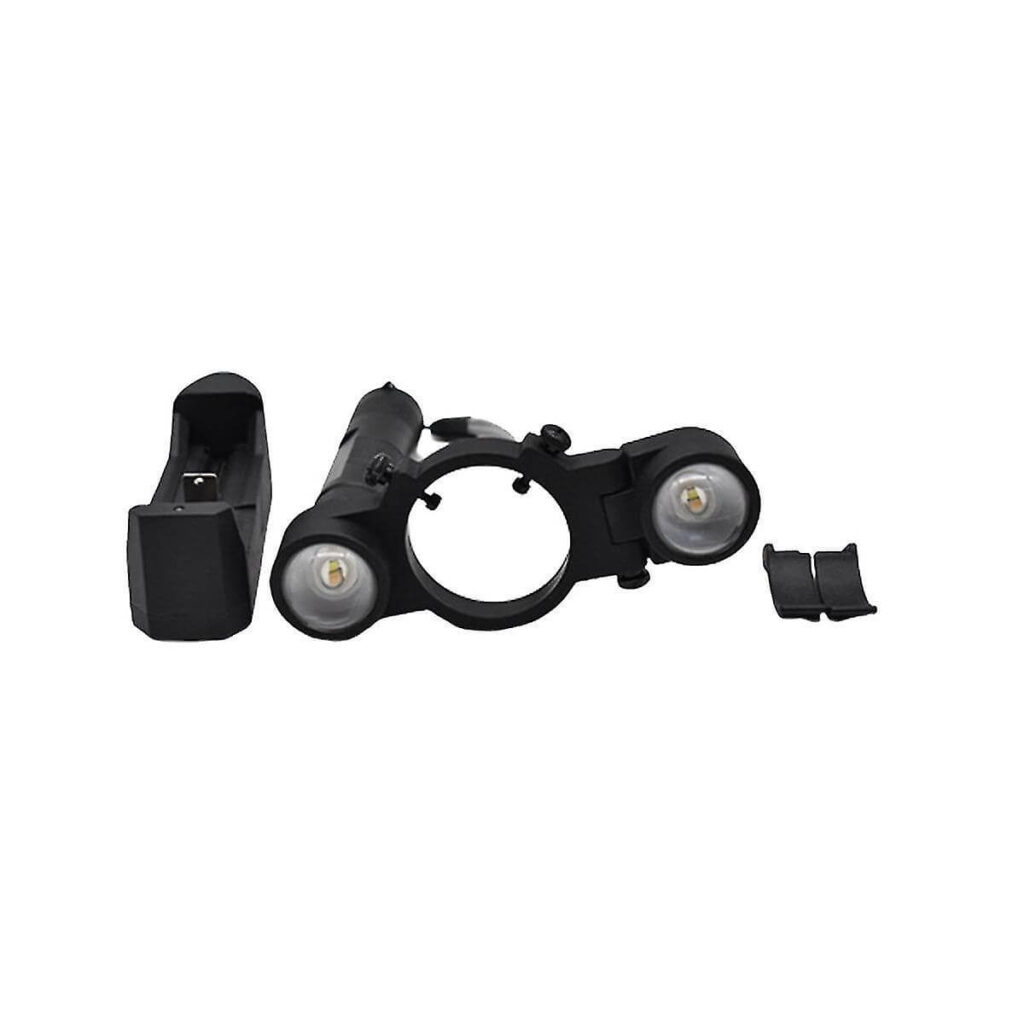The Environmental Impact of Spray Painting: A Closer Look
Spray painting is a technology used in a wide range of industries, including Automotive industry, construction and manufacturing. It provides a quick and effective way to apply smooth, even paint to surfaces. However, this process is not without its drawbacks.
In this article, we’ll take a closer look at the environmental impact of spray painting and some of the undesirable phenomena associated with it.
1.Undesirable Effects of Spray Painting
1) Release of Volatile Organic Compounds (VOCs)
VOCs are chemicals that easily evaporate at room temperature and can have harmful effects on human health and the environment. When using spray paint, these VOCs are released into the air, causing air pollution and smog formation.
In addition, some VOCs react with other pollutants in the atmosphere to form ground-level ozone, a major component of smog that can cause respiratory problems.

2) Overspray
Overspray occurs when paint particles are carried by the air and land on surfaces other than their intended target. This undesirable phenomenon can also result in wasted paint and increased costs for painters or manufacturers.
In addition, if the paint particles also contain harmful chemicals or heavy metals, overspray can cause environmental pollution because these particles can settle on the ground or in water bodies, causing soil and water source contamination.
3) Cleaning Solvents
In addition, the use of spray paint often requires the use of solvents to dilute the paint and clean the equipment. These solvents can also have a negative impact on the environment. Many solvents are toxic and can contaminate soil and water if not handled properly. Improper handling of solvents can also pose a threat to human health, as they can seep into groundwater and contaminate drinking water sources.
4) Noise pollution
In addition to the release of VOCs and overspray, spray painting can also cause noise pollution. The use of air compressors and spray guns can generate high levels of noise, which can be disturbing to workers and nearby residents. Prolonged exposure to noise can lead to hearing loss and other health problems.

2.Solutions
There are a number of measures that can be taken to reduce the environmental impact of spray painting
1) Use low-VOC or water-based paints
These paints contain lower levels of harmful chemicals and are less damaging to the environment.
2) Install ventilation systems
Proper ventilation systems can be installed to capture and filter VOCs and overspray, reducing their release into the atmosphere.
3) Post-processing
It is also important to properly dispose of paint waste and solvents to prevent contamination of soil and water sources.

3.Conclusion
In summary, while spray painting offers many advantages in terms of efficiency and quality, it is important to consider its impact on the environment. The release of VOCs, overspray, and the use of solvents can all have negative effects on the environment and human health.
By taking steps to reduce these negatives, such as using low-VOC paints and proper ventilation systems, we can minimize the environmental impact of painting and create a more sustainable future.
